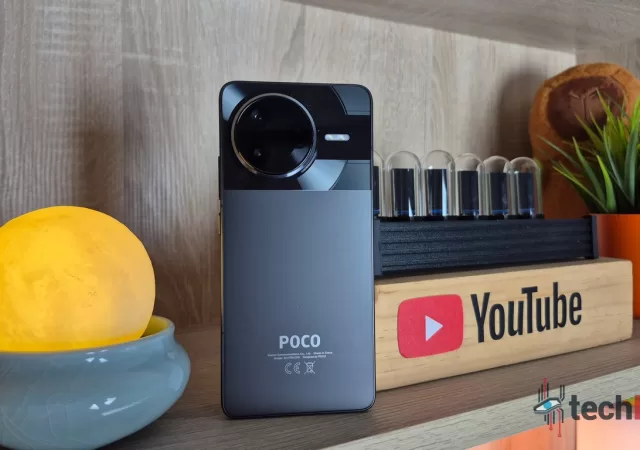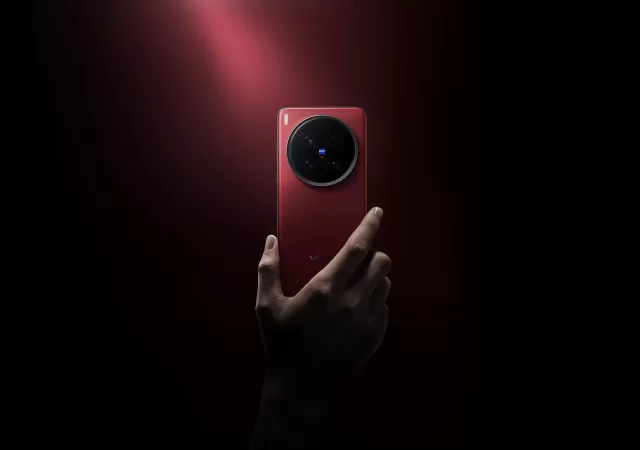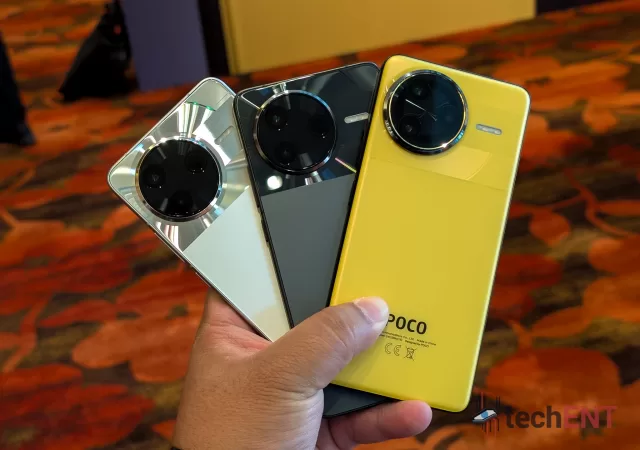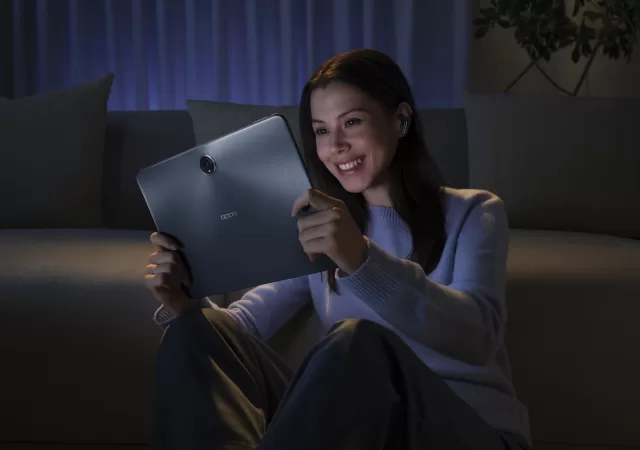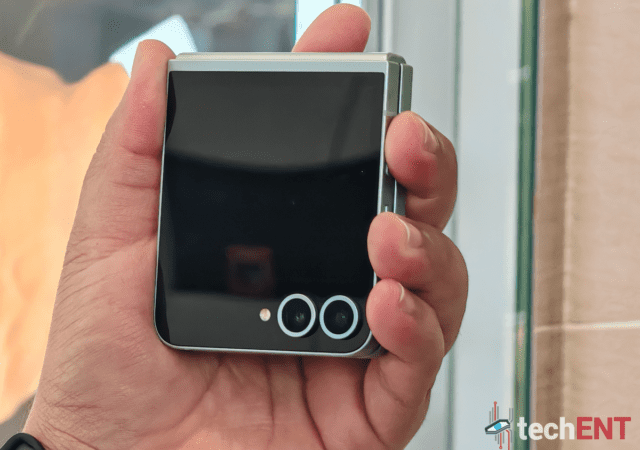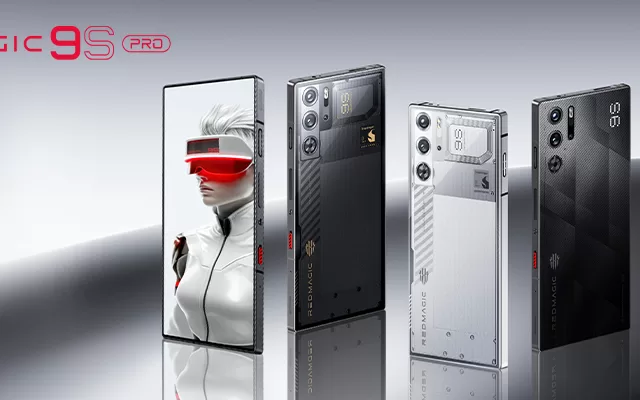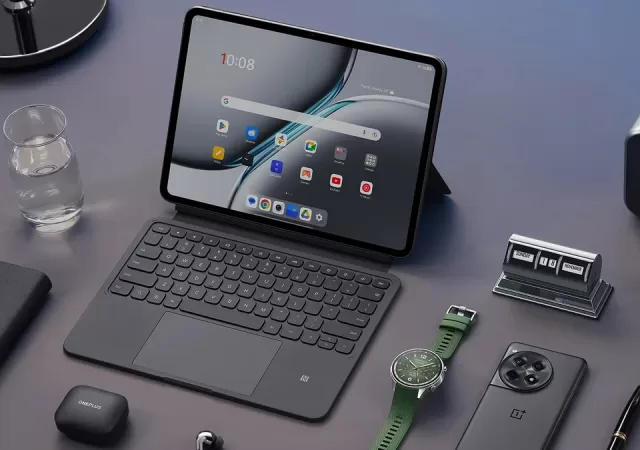Foldable smartphones are becoming more mainstream and they’re constantly pushing boundaries. This year, vivo is entering the market with its latest offering: the vivo X Fold5. Vivo’s debut is looking to bring flagship performance, craftsmanship, and some clever AI-powered productivity…
POCO F7 Pro In-depth Review: A Phone that Knows What It’s Going For and Excels
Xiaomi’s POCO F7 Pro takes on a relatively saturated market with a proposition that isn’t just about specifications. The question is does it do it well?
Vivo Expands Its Flagship X200 Series: Meet the X200 Ultra and X200s
vivo Announces two new additions to its flagship X200 series with the X200 Ultra and the X200s.
POCO Redefines Ultra Flagships with the New POCO F7 Series
The POCO F7 series debuts challenging the status quo for Ultra flagships with a price point that will shock you.
OPPO Pad 3 Pro Available in Malaysia; Priced at RM3,299
Introducing the OPPO Pad 3 Pro: a flagship tablet with a 3K display, powerful Snapdragon 8 Gen 3 processor, and 12GB of RAM for seamless multitasking.
Samsung Galaxy Z Flip6 In-Depth Review: Fashionable Never Looked So Smart
Samsung’s latest flip phone is an iterative update of the Galaxy Z Flip series – or is it? techENT is breaking down the new smartphone to get the answers.
RedMagic 9S Pro Officially Launched in Malaysia
ZTE”s RedMagic 9s Pro is officially available in Malaysia. The new gaming phone will be available in 2 variants with prices starting from RM3,499.
REDMAGIC 9S Pro – A Gaming Beast Unleashed in Malaysia
Redmagic announces its latest gaming smartphone – the REDMAGIC 9S Pro equipped with the latest specs for the best gaming experience.
OnePlus Pad 2 Heats Up the Android Tablet Market
OnePlus is heating up the Android tablet scene with its flagship OnePlus Pad 2 that comes with all the bells and whistles for a productivity powerhouse.




